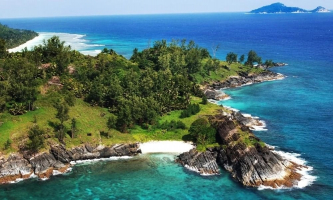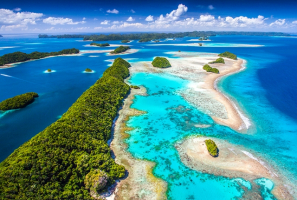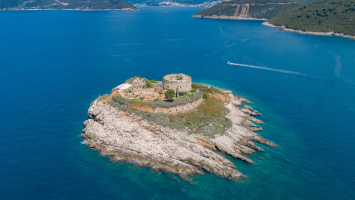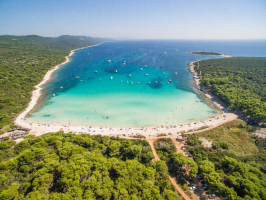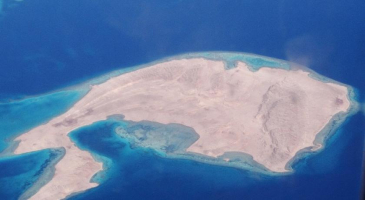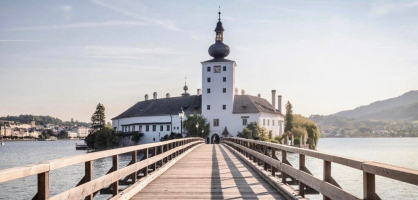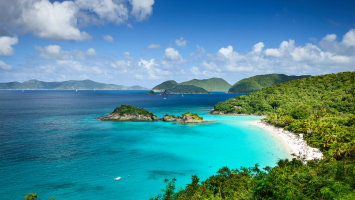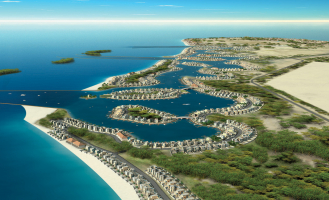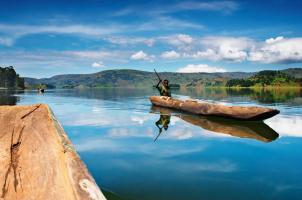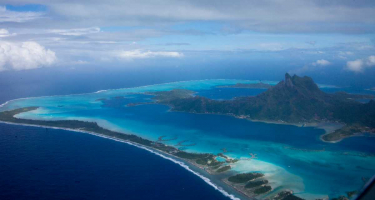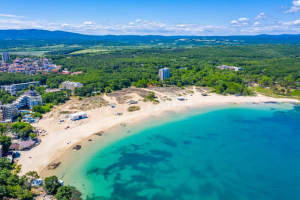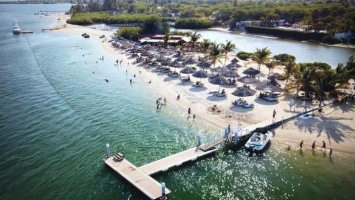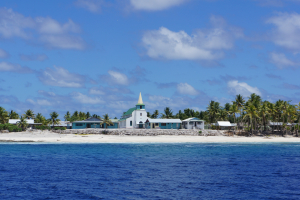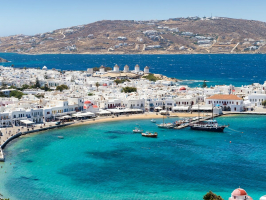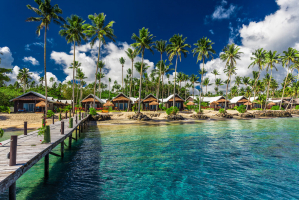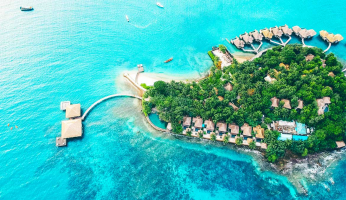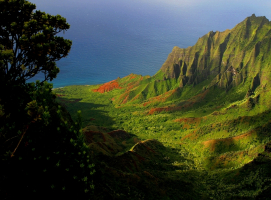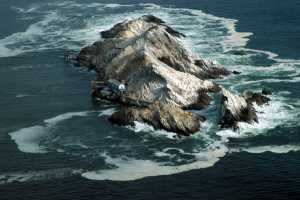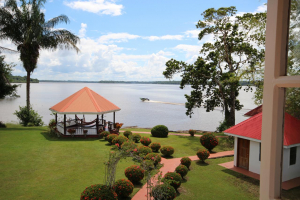Top 8 Most Beautiful Islands In Tanzania
Tanzania has a lot to offer. Stunning beaches, first class diving and snorkeling sites and several historical places and beautiful islands. Travelling in ... read more...Tanzania is like travelling in an undiscovered area with pristine islands. Besides, you’re approached friendly everywhere you go. Let's find out the best islands in Tanzania!
-
Chumbe Island is one of the best islands in Tanzania and is a small privately-owned island a few kilometers off the main island of Zanzibar, known for its ecological innovation and exceptional coral reefs. Chumbe Island and the surrounding area display an exceptional amount of biodiversity in both plant and animal life. For example, at least 90% of all hard coral species that have been recorded in Eastern African reefs have been found near Chumbe Island. In addition to coral, around 400 fish species that are part of 50 fish families have been documented, including more rare species of fish like the Giant Grouper, and Epinephelus lanceolatus. Seabirds such as roseate terns have successfully bred on Chumbe Island, as well and coconut crabs are frequently seen. The creation of this protected area has allowed for the free breeding of fish, coral, and other marine species that have begun to repopulate the over-exploited nearby areas such as those directly off the coast of Zanzibar.
Chumbe Island has two historic buildings, a small mosque, and a lighthouse, both built around the beginning of the 20th century. And this is definitely must visit when you come to this island!
Location: Zanzibar Archipelago, Tanzania.
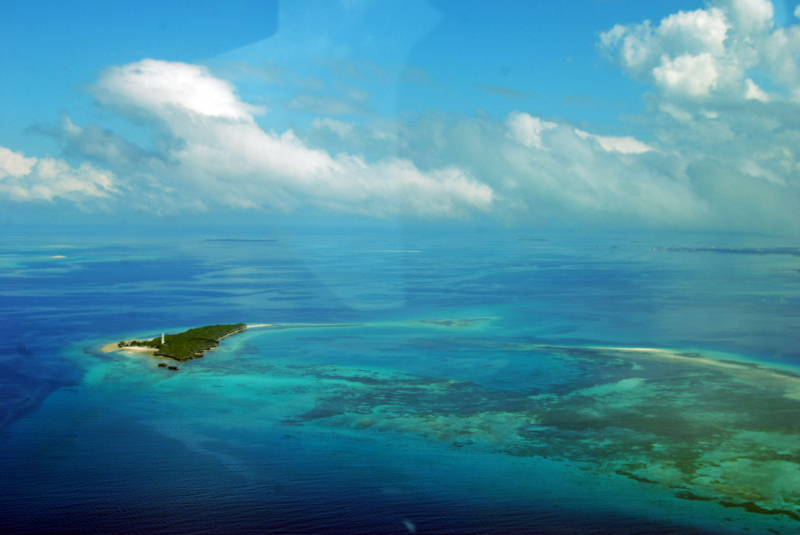
Photo by Rob 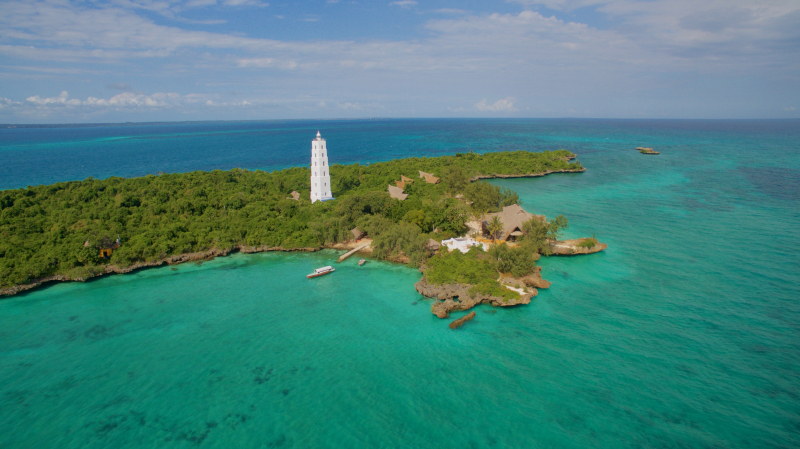
GRID-Arendal -
Changuu Island (also known as Kibandiko, Prison, or Quarantine Island) is a small island 5.6 km northwest of Stone Town and among the best islands in Tanzania. The island is around 800 m long and 230 m wide at its broadest point. The island saw use as a prison for rebellious slaves in the 1860s and also functioned as a coal mine. The British First Minister of Zanzibar, Lloyd Mathews, purchased the island in 1893 and constructed a prison complex there. No prisoners were ever housed on the island and instead it became a quarantine station for yellow fever cases. The station was only occupied for around half of the year and the rest of the time it was a popular holiday destination. More recently, the island has become a government-owned tourist resort and houses a collection of endangered Aldabra giant tortoises which were originally a gift from the British governor of Seychelles.
In 1919 the British governor of Seychelles sent a gift of four Aldabra giant tortoises to Changuu from the island of Aldabra. These tortoises were bred quickly and by 1955 they numbered around 200 animals. However, people began to steal the tortoises for sale abroad as pets or for food and their numbers dropped rapidly. By 1988 there were around 100 tortoises, fifty in 1990, and just seven by 1996. A further 80 hatchlings were taken to the island in 1996 to increase the numbers but 40 of them vanished. The Zanzibar government, with assistance from the World Society for the Protection of Animals (Now known as World Animal Protection), built a large compound for the protection of the animals and by 2000 numbers had recovered to 17 adults, 50 juveniles, and 90 hatchlings. The species is now considered vulnerable and has been placed on the IUCN Red List by the International Union for Conservation of Nature. More tortoises, mainly juveniles, continue to be brought to the island from other locations for conservation. There is a dedicated foundation on the island which looks after the tortoises' welfare. Visitors are able to observe and feed the tortoises.
Location: Unguja, Zanzibar, Tanzania
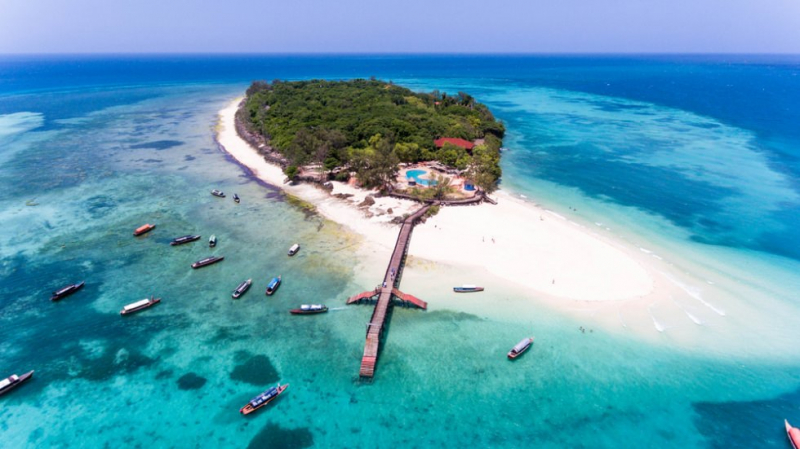
tibutours.com 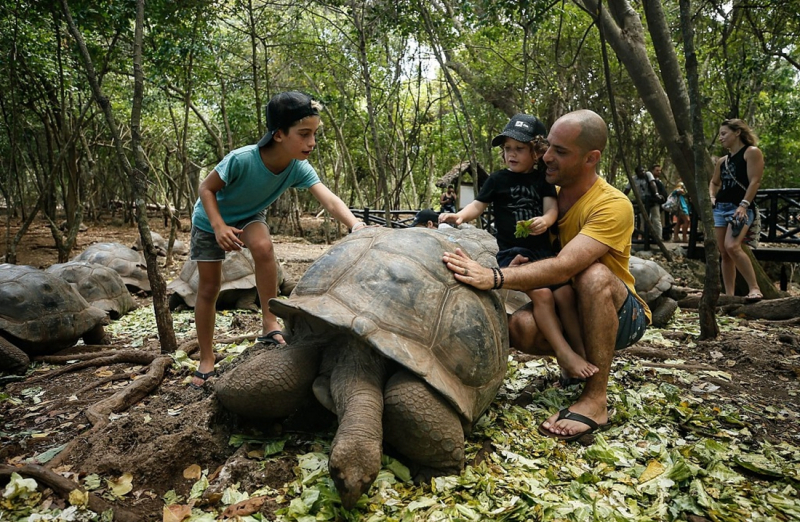
globaltimes.cn -
Uzi Island is one of the best islands in Tanzania and is an island in the south of Zanzibar, connected by a causeway to the main island of Unguja. It is located immediately to the south of the main island's Unguja Ukuu ruins. Uzi Island is six kilometers in length, making it the second-largest of the smaller islands which surround Unguja (after Tumbatu in the north). Uzi Island is the untouched Zanzibar. It is not involved in tourism development and most of the Uzis are fishermen and peasants. The island's scenery is fascinating and lush with mangroves, banana plantations, and huge mango trees. The island is part of a conservation area and is an ecosystem with seaweed, corals and a big variation of plants, and sea- and land animals.
Uzi Island can only be reached by boat or at low tide when the only road to the island surfaces. And you should hire a local person to guide the tour to have the best experience. Here you can try madafuu, the young coconut frequently drunken for its purifying effects.
Location: South of Zanzibar, Tanzibar.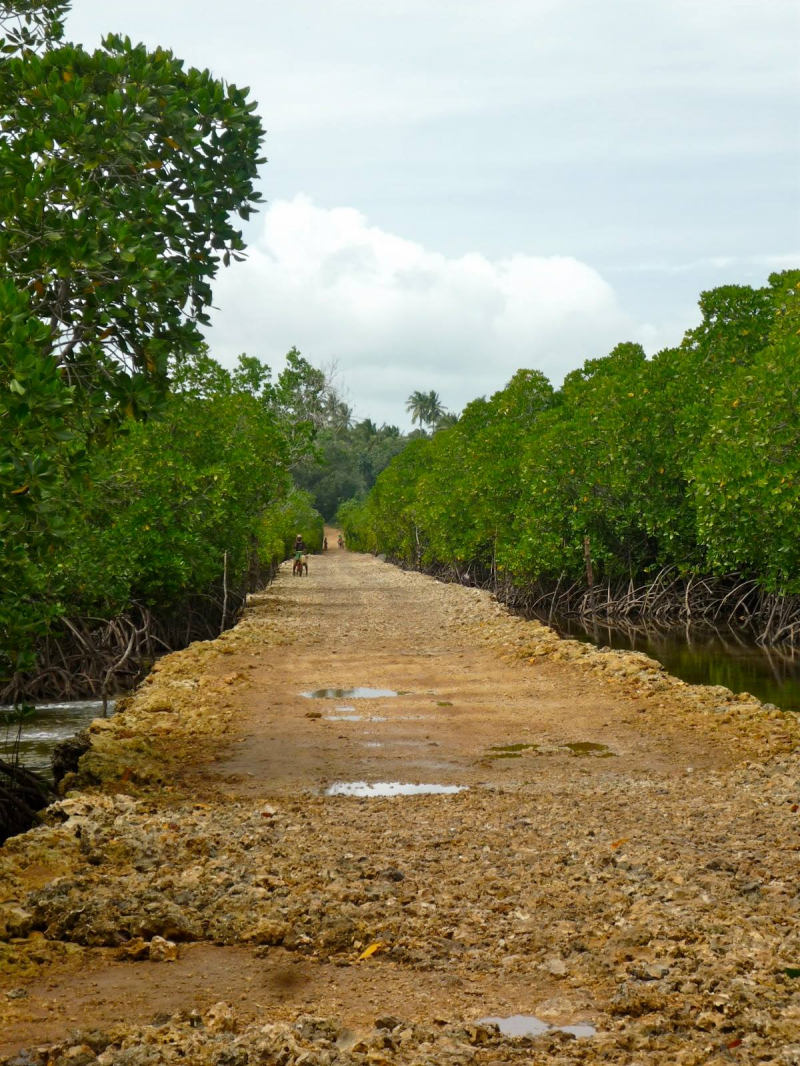
Facebook: The Uzi Island 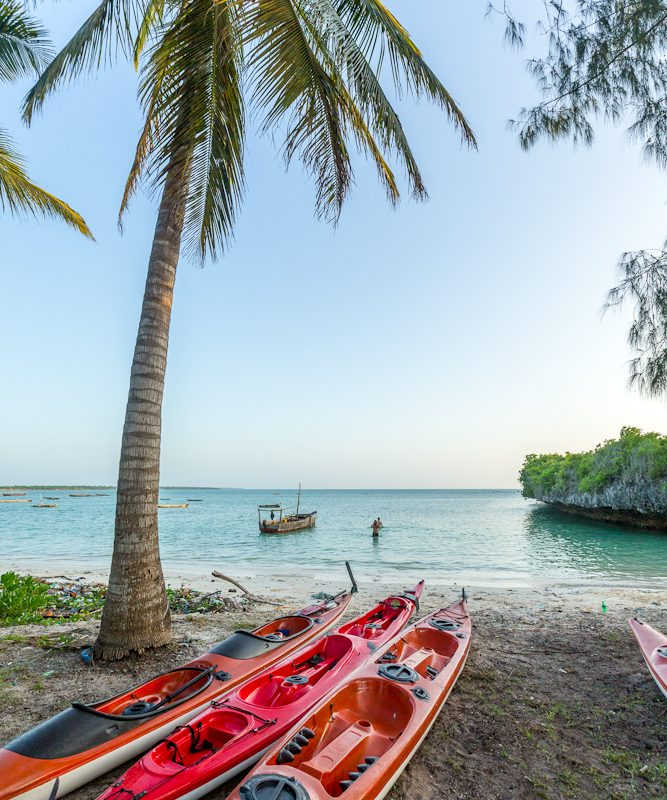
kayakzanzibar.com -
Mnemba Island is a single small island located about 3 km off the northeast coast of Unguja, the largest island of the Zanzibar Archipelago, Tanzania, opposite Muyuni Beach. It is roughly triangular in shape, about 500 meters in diameter and about 1.5 kilometers in circumference. It is surrounded by an oval reef seven by four kilometers in extent. These reefs have been declared a marine conservation area. Mnemba Island and its reef are sometimes called Mnemba Atoll which is incorrect because an atoll is an island that encircles a lagoon, which is not the case for Mnemba Island.
Mnemba Island is a popular scuba diving site, with a wide variety of corals and associated species, as well as occasional sightings of larger species such as turtles and dolphins. Calm conditions are most frequent in November and March, with maximum visibility. The island itself is privately owned and can be visited only as a guest at a price of US$1155 to US$1600 per person per night. As Mnemba is a private island, non-guests are not permitted to land on the island. The island has a 200-meter exclusion zone around the island within which non-guests are not permitted. Mnemba Island is a 90-minute drive from Stone Town across the main Zanzibar Island, before a twenty-minute boat crossing.
Location: Zanzibar Archipelago, Tanzania
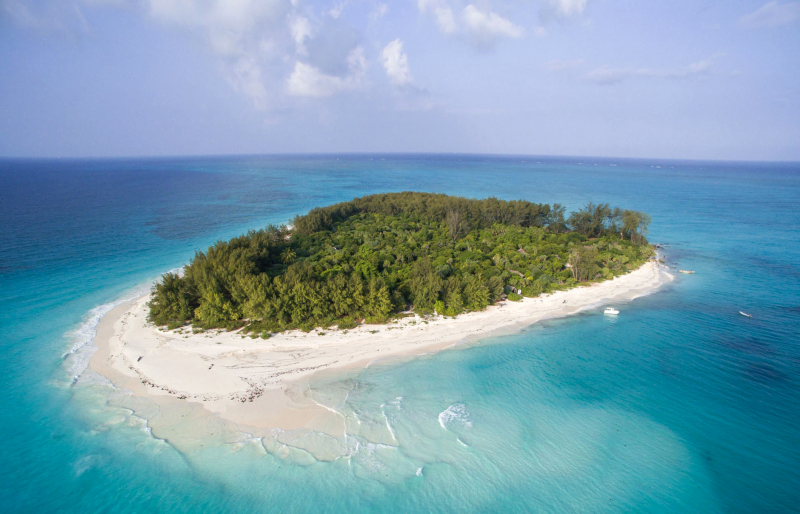
zarosatours.com 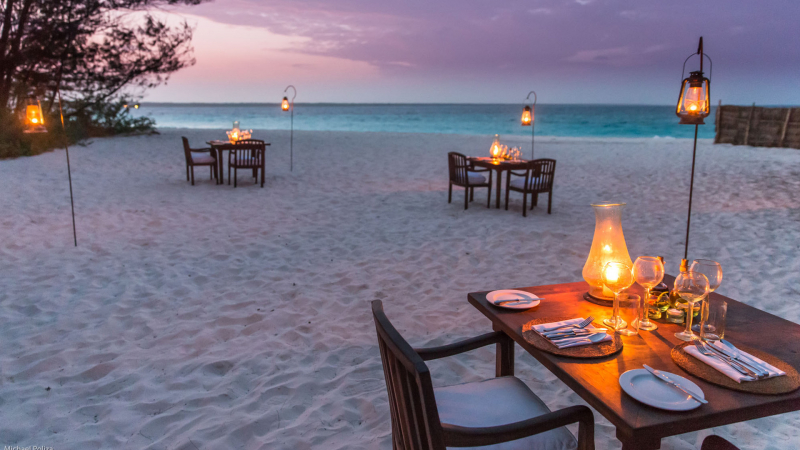
naturalworldsafaris.com -
Bongoyo Island (or simply Bongoyo) is among the best islands in Tanzania and is an uninhabited island in Tanzania, situated 2.5 km north of the country's largest city, Dar es Salaam. It is the most frequently visited of the four islands of the Dar es Salaam Marine Reserve (DMRS) and a popular day trip for both tourists and Tanzanian residents alike for snorkeling and sunbathing. The island lies close to the Msasani Peninsula (in the Kinondoni district of the city) and is reachable by means of a 30-minute boat ride from the mainland. The point of departure for most visitors to the island is 'The Slipways' hotel complex on the western side of the Msasani Peninsula.
Bongoyo Island has a very rocky shore and only two beaches. All visitors visit the beach at the northwestern tip of the island, where the boat moor and where there are some huts, drinks, and food. The much longer but narrower beach along the northeastern side has no facilities and is mostly deserted. The entire island (apart from the beaches) is covered in dense forest and has a few walking trails, so only a few people venture there. The terrain is somewhat treacherous with sharp rocks. In the middle of the island, one finds the remains of a German colonial building. The Indian Ocean has penetrated the northern shore of the island, creating a tidal lagoon along whose shores there are some mangroves.
Location: Dar es Salaam, Tanzania
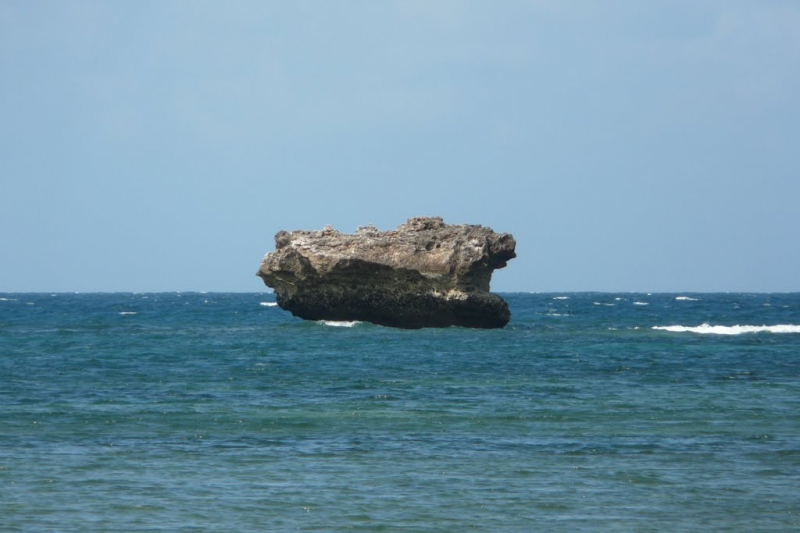
mapio.net 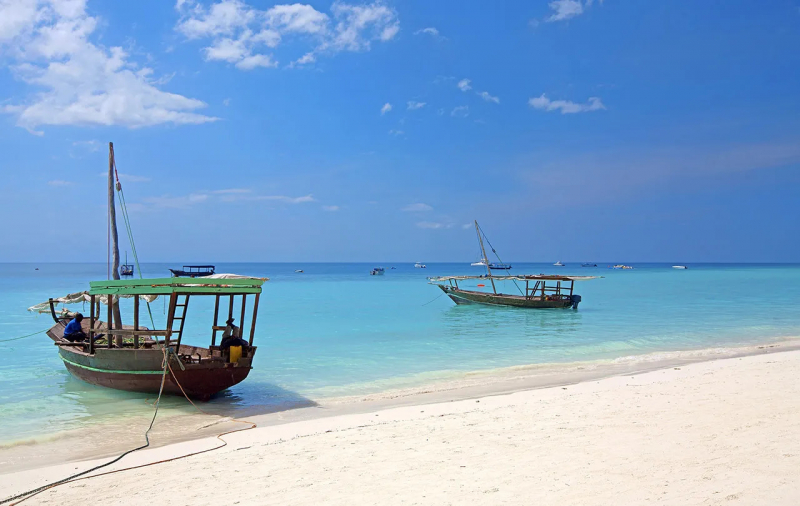
Tanzania Travel Guide -
Pemba Island is pristine, adventurous, and fascinating and is one of the best islands in Tanzania. Hilly and green, a little paradise with mangroves and lagoons along the coast, surrounded by idyllic beaches and islands. The pristine island has few tourists and only a handful of properties. It’s very suitable for experienced divers. Pemba Island is an idyllic and pristine destination for wonderful snorkeling, diving, sailing, and undisturbed lazing on the deserted beaches. Pemba Island offers a range of breathtaking diving sites, suitable for numerous levels. Diving around Pemba Island is diverse and very special – clear water, deep cliffs, remote sites with little diving, and many pristine reefs. Extraordinary locations include Emerald Wall and Panza Wreck.
One of the most spectacular sites on Pemba Island is the famous Misali Island. This island is covered with forest and lies off the west coast of Pemba Island. Misali Island is surrounded by crystal clear waters and offers a breathtaking, 9 km ring of coral reefs. Allegedly, the hideout of Pirate Captain Kidd. Misali Island offers one of the best diving locations in East Africa, with over 42 types of coral and 300 species of fish, including barracudas and manta rays. No wonder it’s highly appreciated by both divers and snorkelers. Nowadays, Misali Island is a protected area. Pemba Island is the habitat of the rare ‘flying fox’ (a bat), many species of birds, and vibrant marine life. Common animals include turtles, vervet monkeys, birds, and tropical fish.
Location: Zanzibar Archipelago, Tanzania
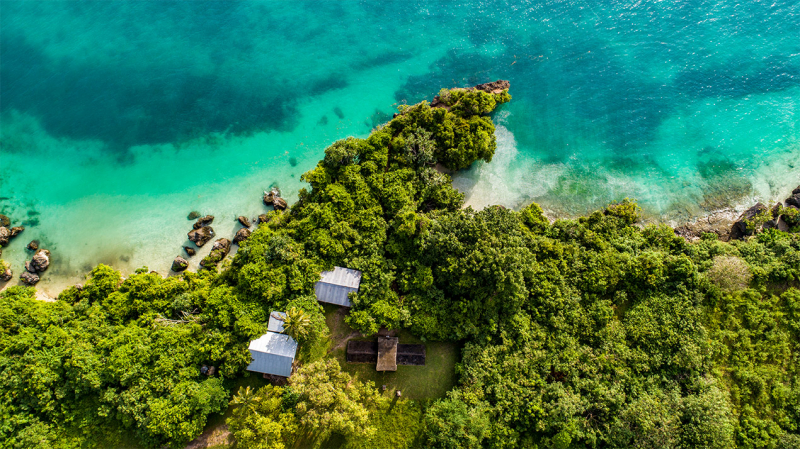
tripsavvy.com 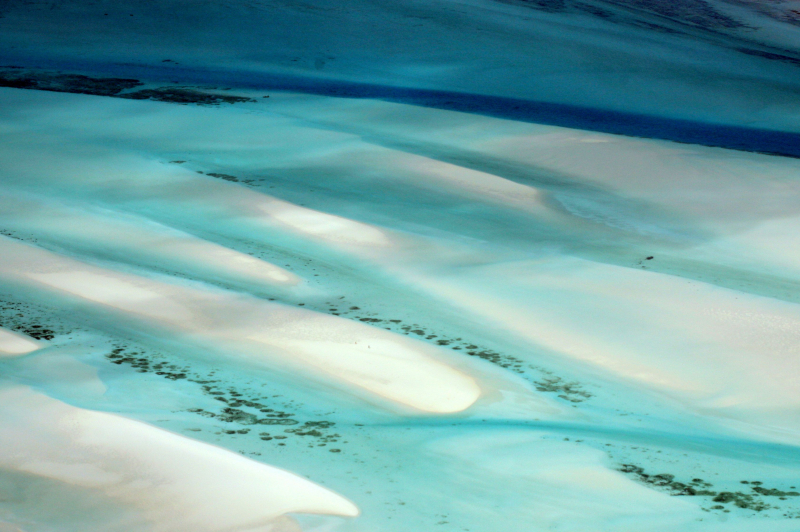
tripsavvy.com -
Fungu Yasini Island (or simply Fungu Yasini) is an uninhabited island in Tanzania, north of the country's capital city, Dar es Salaam and is one of the four islands of the Dar es Salaam Marine Reserve (DMRS). It is about three miles offshore in the Indian Ocean (Zanzibar Channel).
This little paradise is absolutely worth visiting. You can either connect with a local who will recommend how to get there or even take you there or book it with one of the several island tour boats in the area. The majority of the travelers would just go to prison island and ignore this gem but it is worth visiting. Let's walk on this sandbank and the water was a beautiful deep turquoise shade. It’s very picturesque especially if you own a drone. You can also go to another sandbank that is nearby from Fungu Yassin Island. Don't hesitate to visit Fungu Yasini Island - one of the best islands in Tanzania!
Location: Dar es Salaam, Tanzania
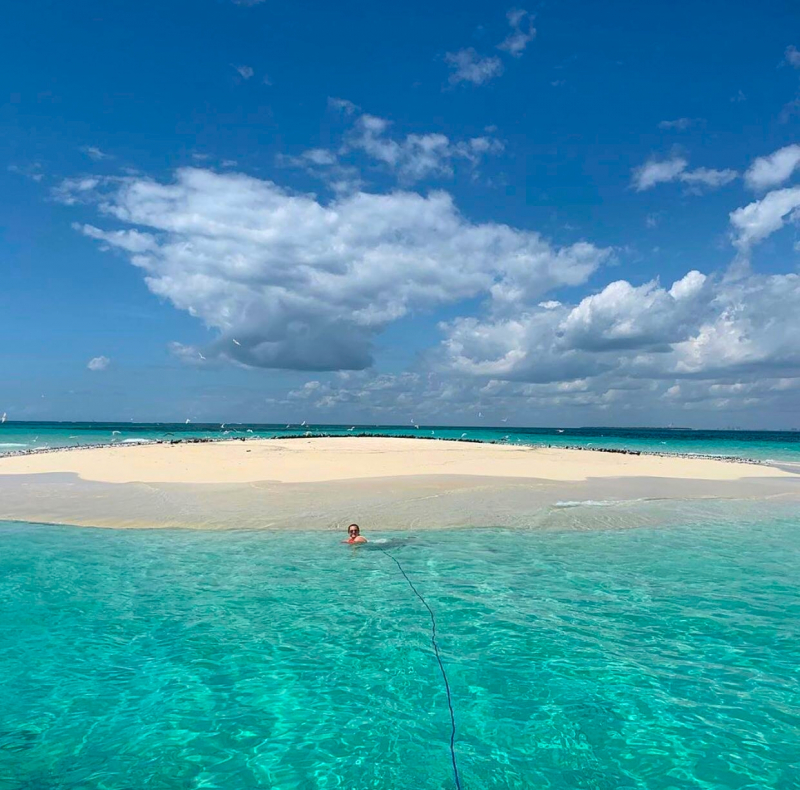
Facebook: Indaressalaam 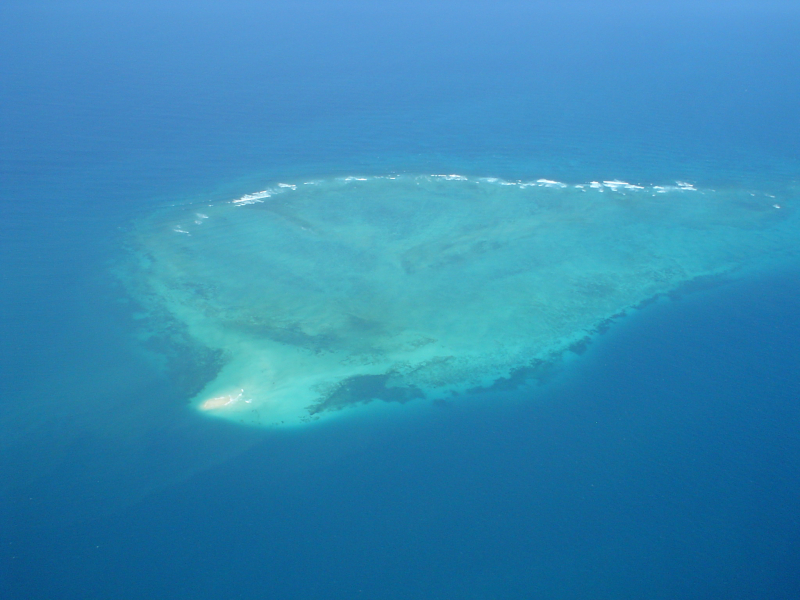
Phôt by Vincent van Zeijst -
This truly is a unique experience! Tumbatu is one of Zanzibar’s best-kept secrets and it is also one of the best islands in Tanzania. As for the vast majority it’s forbidden to set a foot on it. To enter the island, you need special permission from the elders of the community on Tumbatu. People call the Watumbatu – inhabitants of Tumbatu – aloof and unfriendly. The reason is, just that they are living as a very close, self-supporting community. You won’t find cars or scooters and Tumbatu has only one road to walk on within the island. On Tumbatu did the Shirazi build the first stone building in the entire region in the 11th century.
Leaving from Mkokotoni by boat you are heading to the fishing territories of the Watumbatu, the citizens of Tumbatu. One of the oldest fishermen within the Watumbatu will show out at sea, towards the sandbank of Tumbatu how they fish with nets and traps. Fishing is the major revenue of the island, though the Watumbatu doesn’t eat too much fish themselves. They trade with their fish in the nearby fishing village Mkokotoni. After you have witnessed the special techniques of the Watumbatu, which have the reputation of being the best sailors in the region you move on and head towards the village Jongowe, on the South of Tumbatu Island. After arriving at Jongowe, you will see the work of the Watumbatu fishers. How they prepare their fishing nets, and fish traps and also how they build and maintain their boats – all by hand! In a short walk, you will arrive at the school of Jongowe and learn about who built the school and the importance of the huge and old Baobab trees to the community. You will see the difference between new and old sections of the village and you will visit the house of a fisherman’s family. It is definitely will show you the unspoken secrets of Tumbatu, as they are world-famous for witchcraft.
Location: Zanzibar, Tanzania
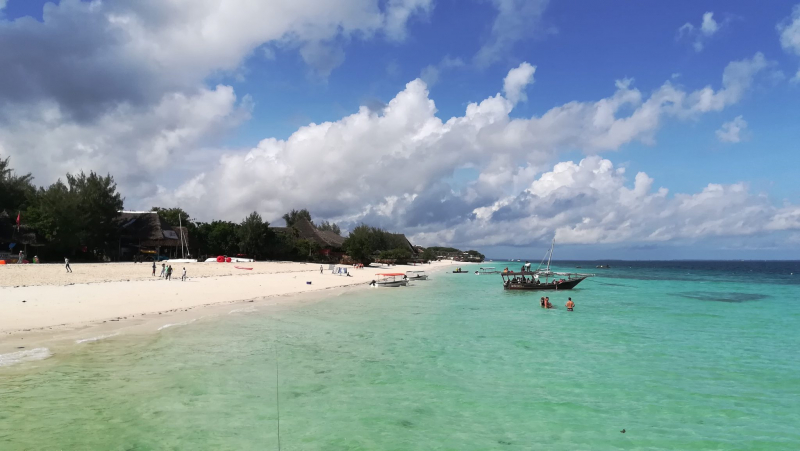
zanzibarstartours.net 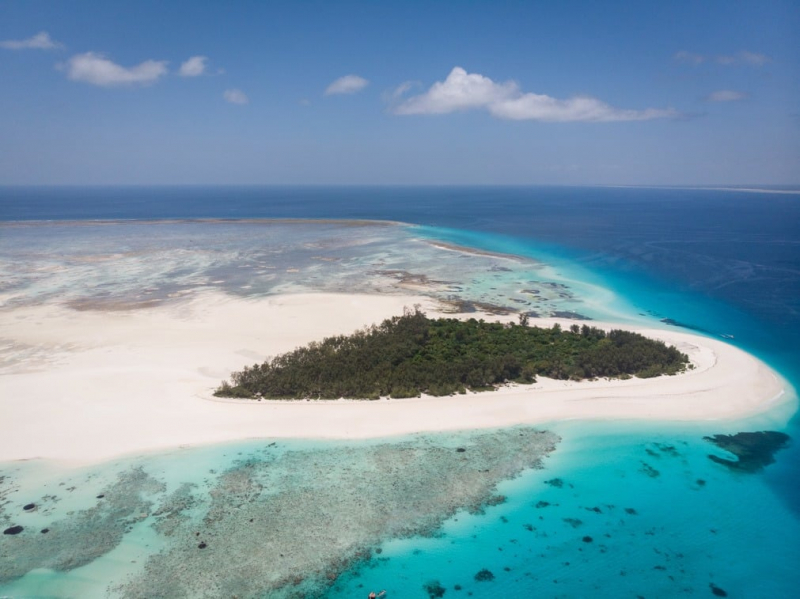
Facebook: DX-World










